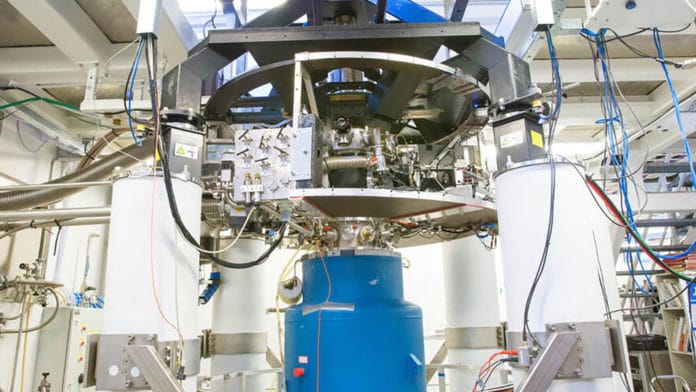Made from atoms in never-ending motion, the time crystals were long believed to be impossible. A time crystal is a macroscopic quantum system in periodic motion in its ground state. They exhibit the bizarre property of being in constant, repeating motion in time despite no external input. Their atoms are constantly oscillating, spinning, or moving in one direction and then the other.
An international team of scientists from Lancaster University, Royal Holloway London, Landau Institute, and Aalto University in Helsinki have created the first ”time-crystal” two-body system in an experiment that seems to bend the laws of physics.
The time crystals that the team has been working with consist of spin-wave quasiparticles called magnons. In a level crossing, magnons move from the ground level to the excited level, driven by the Landau-Zener effect, combined with Rabi population oscillations.
EPSRC Fellow Dr. Samuli Autti, a lead author from Lancaster University’s Department of Physics, explained: “Everybody knows that perpetual motion machines are impossible. However, perpetual motion is okay in quantum physics as long as we keep our eyes closed. By sneaking through this crack, we can make time crystals.”
“It turns out putting two of them together works beautifully, even if time crystals should not exist in the first place. And we already know they also exist at room temperature.”
Scientists cooled superfluid helium-3 to about one ten-thousandth of a degree from absolute zero in their study. They created two-time crystals inside the superfluid and brought them to touch. The scientists then watched the two-time crystals interacting as described by quantum physics.
This discovery shows that not only can time crystals be created, but they have the potential to be turned into valuable devices.
Journal Reference:
- Autti, S., Heikkinen, P.J., Nissinen, J. et al. Nonlinear two-level dynamics of quantum time crystals. Nat Commun 13, 3090 (2022). DOI: 10.1038/s41467-022-30783-w
